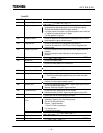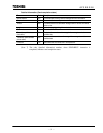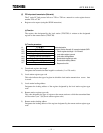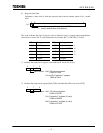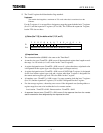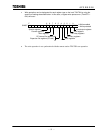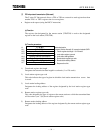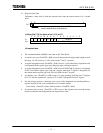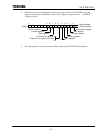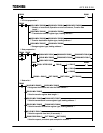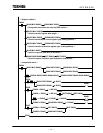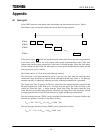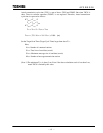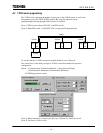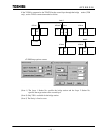
62
6 F 3 B 0 3 5 6
Appendix
A.1 Scan cycle
In the S20LP network, each station sends out the data onto the transmission line as Packet.
The Packet is sent out onto the transmission line in the following sequence.
STN #1 S Packet S
STN #2 Packet
STN #3 Packet
STN #n Packet
In the above figure, S means the Synchronization frame which shows the start of transmission
cycle (Scan cycle). At first, the main station sends out the Synchronization frame. Then each
station sends out the Packet sequencially in the order of Station number. When the final station
finishes sending out the Packet, the main station re-sends out the Synchronization frame, and the
next transmission cycle is started.
The Packet consists of a Scan frame and a Message frame(s).
The Scan frame is for Scan transmission and it is sent out every time when the station becomes
sender and Target Scan Timer is expired. On the other hand, the Message frame is for Message
transmission and it is added only when the necessity of Message transmission is generated.
The Target Scan Time (Target Cycle Time) is a time factor for limiting the time assigned for the
Message transmission. If the Scan cycle - the time from the station got Token last time to the
station get Token this time - is longer than the Target Scan Time, the station sends the Scan
frame but does not send the Message frame. Therefore, the Target Scan Time should be selected
as longer than the time for total Scan transmission to enable the Message transmission.
The total transmission time (TSCN) can be calculated from the number of connected stations and
the total size (number of words) of send data as follows.
T
SCN
= ( 64 + 128 * N
STN
+ 8 * W
SCN
) / 1000 [ms]
The total message transmission time (TMSG) can be expressed as follows.
T
MSG
= 4 * ( 15 + 2 * W
MSG
) * M
STN
/ 1000 [ms]



